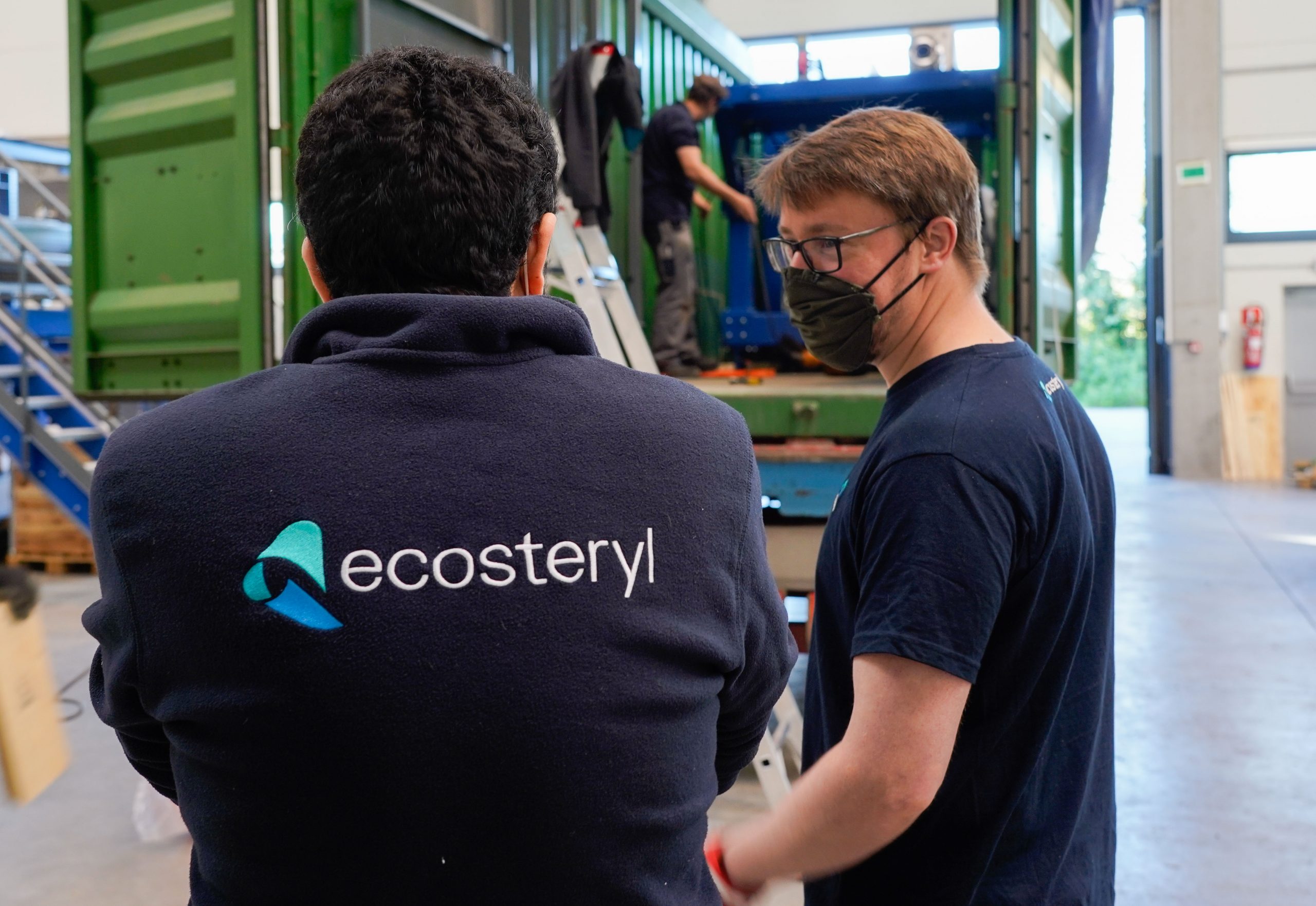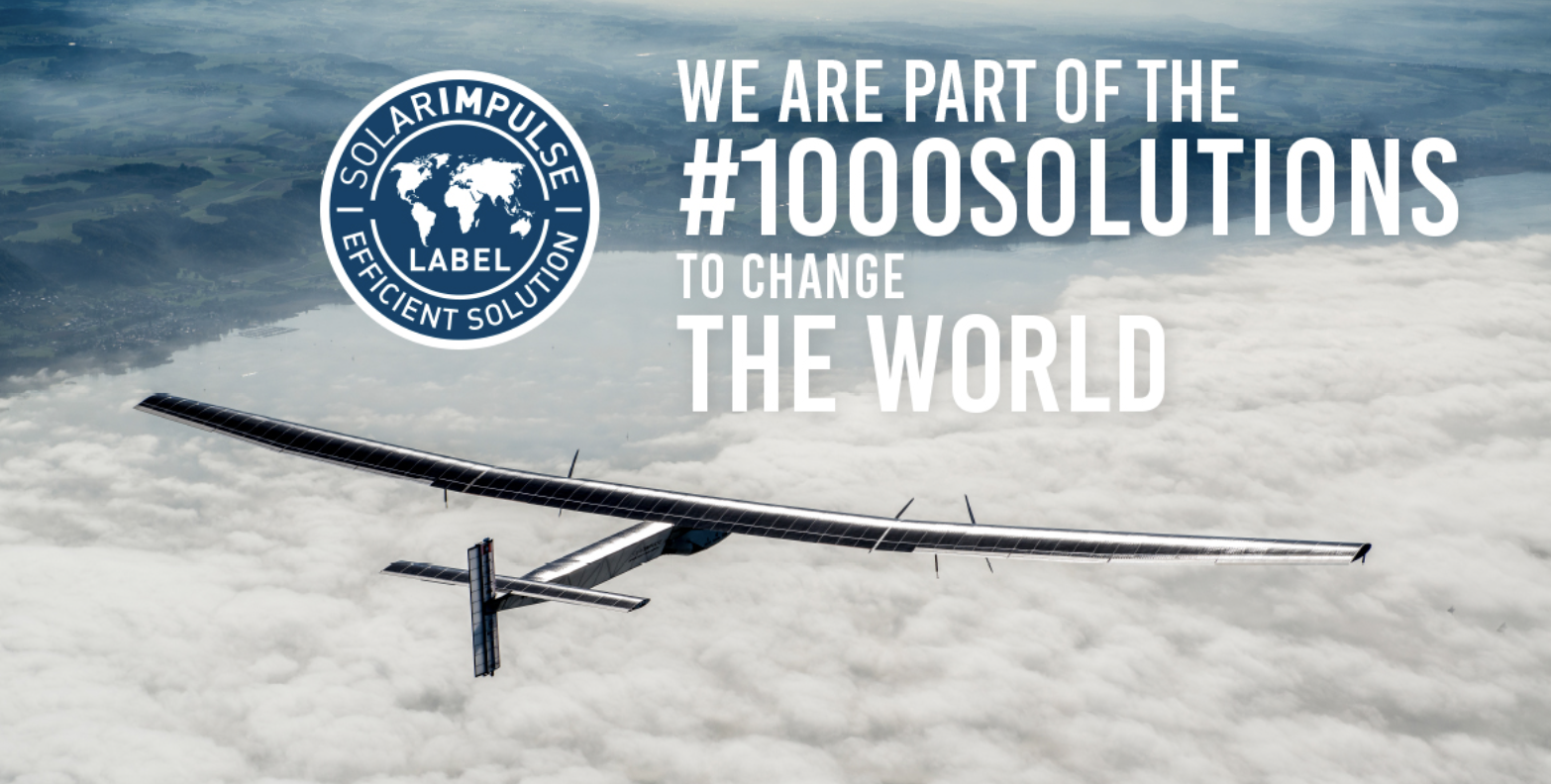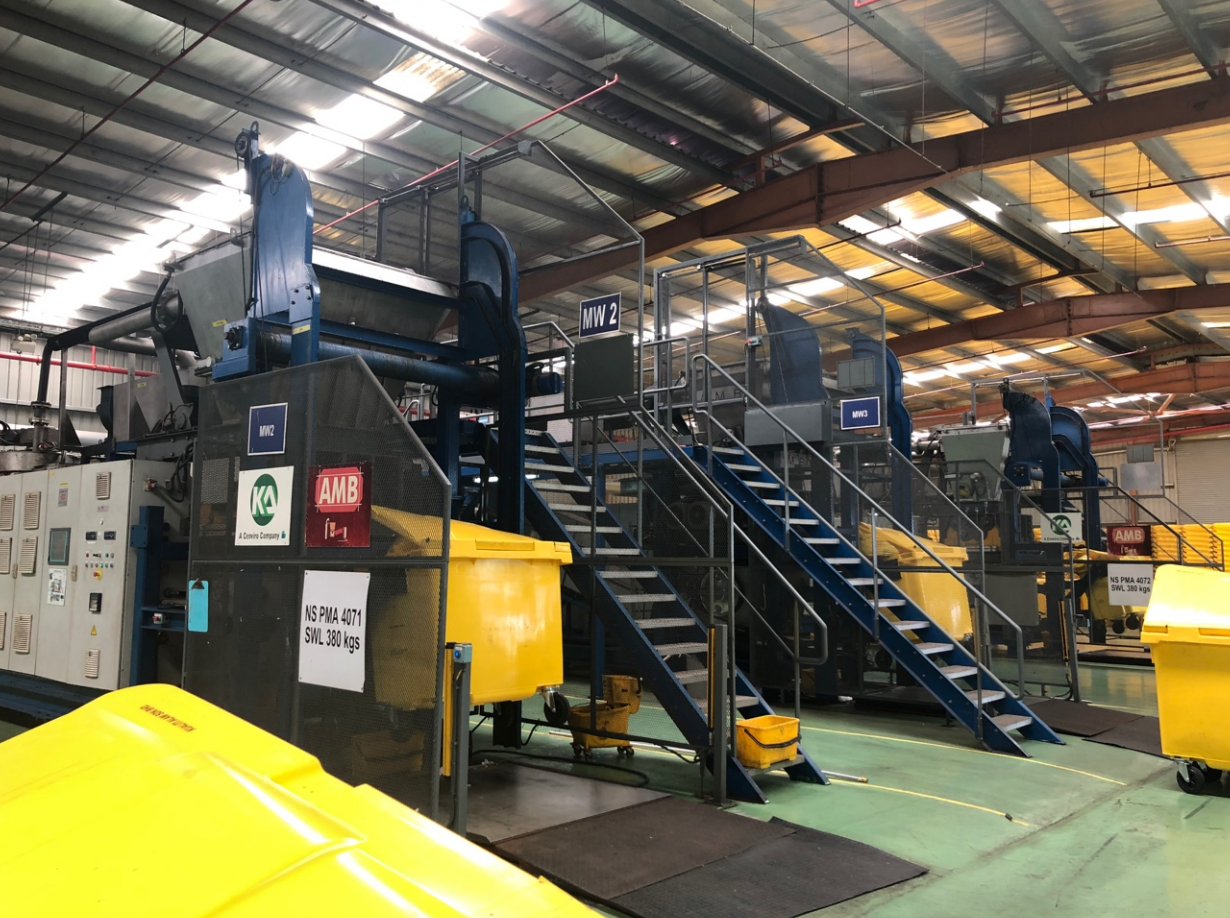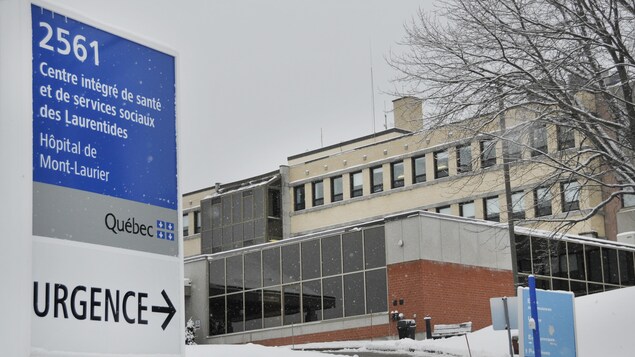Think about sustainable solutions
How to manage the increase of medical waste?
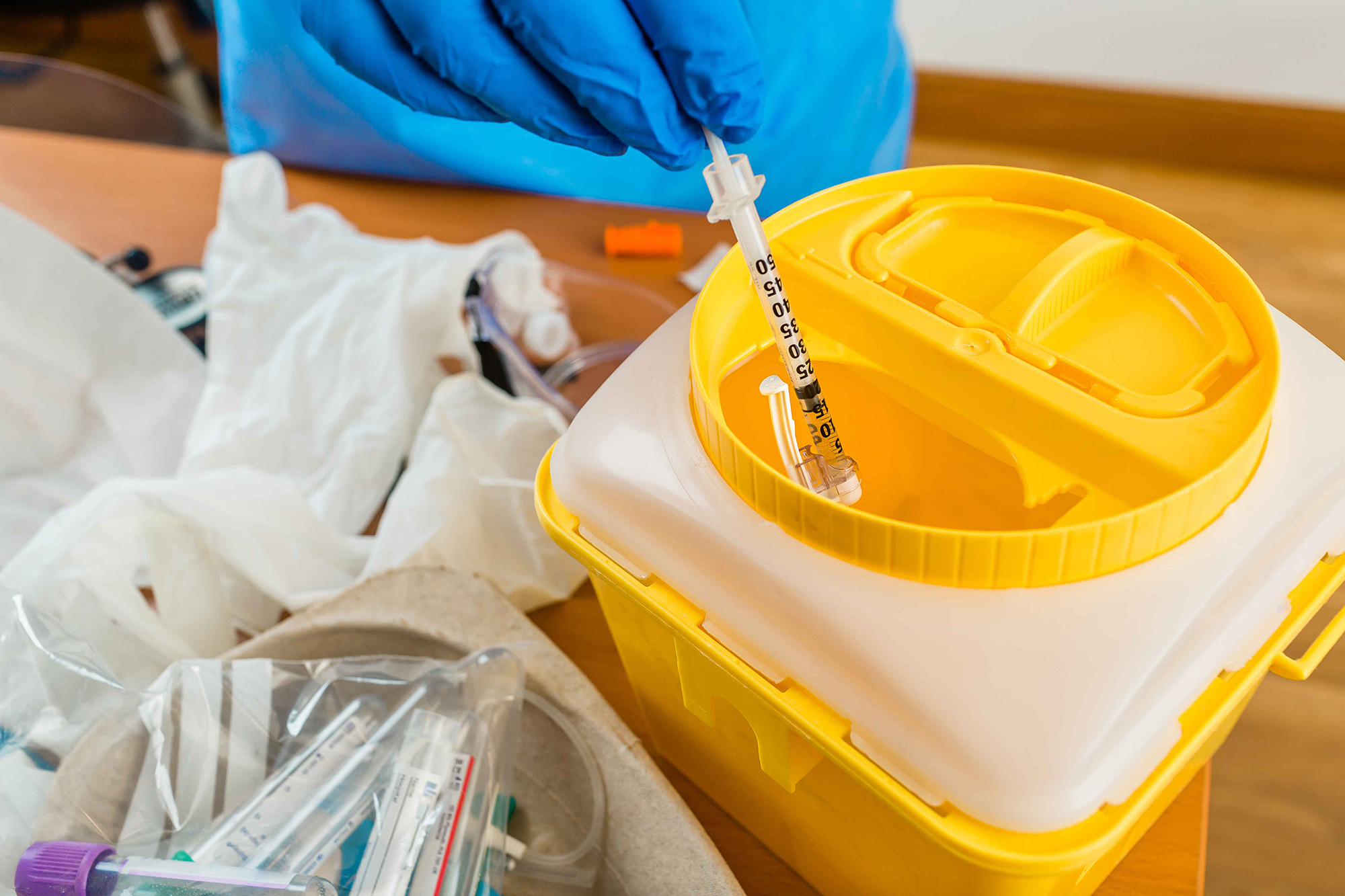
Andrew Cantillo, expert in Medical waste management and eco-friendly solutions, gives us his informed opinion on the sharp increase in medical waste during the COVID19 crisis and its future impact on the sector that manages it.
Needless to say, currently the main interest of each country is to actively contribute to the fight against a common enemy, known by many and hated by all: COVID-19, which became the main cross-border concern as quickly as its own transmissibility; thus, giving rise to a race that seeks to avoid more deaths and new contagions.
But have we ever wondered what will happen once we reach the finish line of this race? Among the many factors to be analyzed, there is one, hidden in the shadows and little observed: the crisis of the exponential increase of infectious waste generated by hospitals during the pandemic; we could not have foreseen it, but this will undoubtedly be one of the main ingredients of that bitter and cold dish that the calamitous COVID-19 has left us with. This will become, without going very far, the new headache of the coming decade.
Some figures about the increase of infectious medical waste
In the city of Wuhan, where the epicenter of the pandemic occurred, there was an increase from 45 to 247 tons per day. Yes, you read that right, 247 tons of infectious medical waste every 24 hours.
In Europe, according to information communicated by SUEZ, there was an increase of 30% to 50% in the generation of hospital waste in France and the Netherlands alone; and in cities such as Madrid and Barcelona the increase was an alarming 300% according to the waste agencies from the communities of Catalonia and Madrid.
Not to mention that, on the other side of the Atlantic, several factors have now put Latin America at the center of the pandemic.
So, what does this mean? In effect, there will be an increasing amount of infectious waste worldwide, every day, every hour, every second; and we are talking here, without exaggeration, of such a dramatic increase in the generation of medical waste that it will be unprecedented for many years to come.
How to mitigate the impact of this situation that will soon be upon us?
It is a fact that worldwide, the management of medical waste represents a challenge, essentially due to the limited technological advances in the field, a low environmental awareness, and the excessive use of a traditional industrial platform: some countries in the world only resort to incineration or the use of autoclaves as solutions to treat their medical waste.
There are thus, and I think the vast majority will agree, very good reasons to redefine our current approach on how we are managing clinical waste in the world, and at the same time, to establish actions and strategies that will allow us to reevaluate and improve such management. The industry should be able to go beyond the familiar scheme of collection, treatment and final disposal of infectious waste and promote good practices through solutions that also consider such an important issue as the protection of the environment.
What does the industry propose as environmentally efficient solutions?
One of the most traditional technologies: incineration, which has been widely practiced for a long time, solves one problem while creating another. The World Health Organization has already declared that dioxins represent one of the most toxic substances on earth for humans, and well, surprise: The Environmental Protection Agency has also declared that hospital waste incinerators are responsible for 40% of dioxin air pollution in the United States.
Likewise, studies in Japan, Spain and Germany show that people working in incineration plants, as well as residents living near these plants have significantly higher levels of concentrated toxic substances in their bodies. We know all this and yet we continue to incinerate. Worse still, some countries continue to carry out this practice without the proper emission controls and strict bimonthly quality analysis that must be done, especially in those incinerators that treat medical waste.
However, it is fair to say that there are cleaner and safer technological alternatives that allow the treatment of infectious waste without resorting to incineration, such as the autoclaves and the use of electrical solutions. To go back to our question about the environment and talking first about autoclaves, where would the problem be? Well, if the final decision is to use autoclaves, we then choose to consume significant amounts of water, and this I tell you, will be the last thing we will want to do. In case you haven’t heard (it is not my intention to scare you), in December last year water started trading on Wall Street. That’s right, and its price will fluctuate as in the case of oil, gold or wheat. Well, I admit, I think that’s scary.
The fact that water is starting to be traded on the stock market means that, for the first time, the market perceives that there is a possibility that this natural resource will be scarce in the near future. We are talking about a probability that did not exist or had not been contemplated until recently, so I am sure that the decision to use water in autoclaves and other replaceable processes will undoubtedly be strongly criticized in the coming years since this resource will have a fluctuating value.
After reading all this, it would seem that there is no emergency exit for the large amount of medical waste that will be generated every day due to the pandemic, and I feel that as I write one more word, another ton of waste is produced, or many more tons actually. But there are solutions there, I reassure you.
What if I told you about processes that use 100% electricity?
That’s right, because the medical waste treatment industry should and can be cutting edge, without falling into the trap of tradition and conventional use of technologies that have already done their duty but must give way to others. So, is it possible to innovate in the medical waste management industry? Clearly.
One of the closest solutions to this almost utopian reality in which we would like to correctly process infectious waste and all this without impacting the environment, is that which is related to the exclusive use of electricity, particularly through the use of microwaves. Not those of the kitchen, but industrial microwaves that decontaminate medical waste, accompanied by a comprehensively studied process of destruction of this highly sensitive waste.
Would microwaves be an efficient and ecological solution for medical waste management?
Systems for disinfecting medical waste that require only electricity demonstrate that progress towards promoting ecology is on the right track. Companies, as well as industry and waste generators, must understand that technological changes create opportunities that will be amplified by the convergence of these types of green initiatives.
Studies published by biomedical journals since 1966 have proven that microwaves produce positive significant effects on the way in which microorganisms are destroyed, offering the market alternatives unknown even at that time. All this has allowed doors to be opened to electrical, continuous flow, environmental processes that do not emit emissions, and completely avoid the use of non-renewable resources, thus creating safer solutions for both people and the environment.
What else can be done in the field of medical waste management?
A lot! Fortunately, thanks to the use of cleaner processes involving the use of microwaves or 100% electrical technologies, treated waste is predisposed to be recycled and even given new value. Who would have thought?
Imagine, for example, an ideal scenario in which non-reusable plastic containers for infectious waste could be shredded, totally decontaminated only with electricity, and then separated by type of material and color, to be converted into pellets, which can then be transformed into the same plastic containers they once were held in. Circular economy at its purest. Well, this already exists! The industry is advancing slowly but surely, and this type of initiative can already be seen in some countries through manufacturers who are betting on a visionary future, and who propose complementary technologies: decontamination of medical waste with dry processes like microwaves / electrical resistors + separation & the valorization of valuable materials with matching solutions integrating optical sensors and lasers.
And it is a fact, the medical sector worldwide has experienced a significant increase in the use of disposable plastic products and even more so now with the shocking figure that is increasing every day due to the COVID-19 crisis. It is then that innovation must be directed towards the creation of strategies for the valorization of medical waste once it has been treated, not to mention the significant number of projects that can be developed in terms of sustainability, recycling, and waste-to-energy.
Friendly disposal of medical waste should be the ultimate gold standard for the industry
The medical waste management industry is moving forward and so are its players, and we want to keep it that way! Especially in these unknown times we are currently living in, where an effective strategy for dealing with medical waste is essential to avoid potential public health and environmental crises; globally, an environmentally friendly disposal of medical waste should be the ultimate gold standard for the industry.
This should be our commitment to the planet, to the people who live on it, and to the industry. To promote a responsible and efficient disposal of medical waste, to contribute so that the environment is not more affected than it already is, to lower the enormous figures for the generation of infectious waste that the crisis produced and continues to produce, to opt for paths that lead us to the creation of innovation, and to become aware of the broad alternatives to be explored. And all this for what then?
So that in the end, that bitter dish that the pandemic left us with is served bitter, yes, but hot (and better if it is microwaved).

